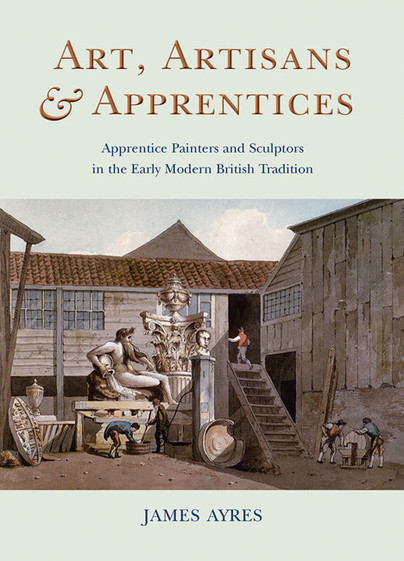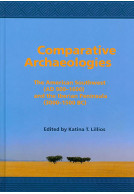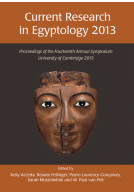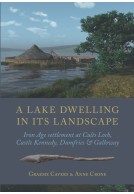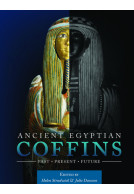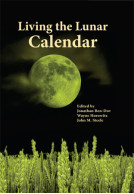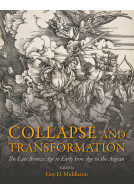Google Books previews are unavailable because you have chosen to turn off third party cookies for enhanced content. Visit our cookies page to review your cookie settings.
Art, Artisans and Apprentices (Hardback)
Apprentice Painters & Sculptors in the Early Modern British Tradition
Imprint: Oxbow Books
Pages: 536
Illustrations: 136 b/w and colour illustrations
ISBN: 9781782977421
Published: 30th June 2014
Script Academic & Professional
Pages: 536
Illustrations: 136 b/w and colour illustrations
ISBN: 9781782977421
Published: 30th June 2014
Script Academic & Professional
You'll be £35.00 closer to your next £10.00 credit when you purchase Art, Artisans and Apprentices. What's this?
+£4.99 UK Delivery or free UK delivery if order is over £40
(click here for international delivery rates)
Order within the next 53 minutes to get your order processed the next working day!
Need a currency converter? Check XE.com for live rates
(click here for international delivery rates)
Order within the next 53 minutes to get your order processed the next working day!
Need a currency converter? Check XE.com for live rates
Before the foundation of academies of art in London in 1768 and Philadelphia in 1805, most individuals who were to emerge as artists trained in workshops of varying degrees of relevance. Easel painters began their careers apprenticed to carriage, house, sign or ship painters, whilst a few were placed with those who made pictures. Sculptors emerged from a training as ornamental plasterers or carvers. Of the many other trades in a position to offer an appropriate background were ‘limning’, staining, engraving, surveying, chasing and die-sinking. In addition, plumbers gained the right to use oil painting and, for plasterers, the application of distemper was an extension of their trade. Central to the theme of this book is the notion that, for those who were to become either painters or sculptors, a training in a trade met their practical needs. This ‘training’ was of an altogether different nature to an ‘education’ in an art school. In the past, prospective artists were offered, by means of apprenticeships, an empirical rather than a theoretical understanding of their ultimate vocation. James Ayres provides a lively account of the inter-relationship between art and trade in the late 17th to early 19th centuries, in both Britain and North America. He demonstrates with numerous, illustrated examples, the many cross-overs in the ‘art and mystery’ of artistic training, and, to modern eyes, the sometimes incongruous relationships between the various trades that contributed to the blossoming of many artistic careers, including some of the most illustrious names of the ‘long’ 18th century.
Other titles in Oxbow Books...







